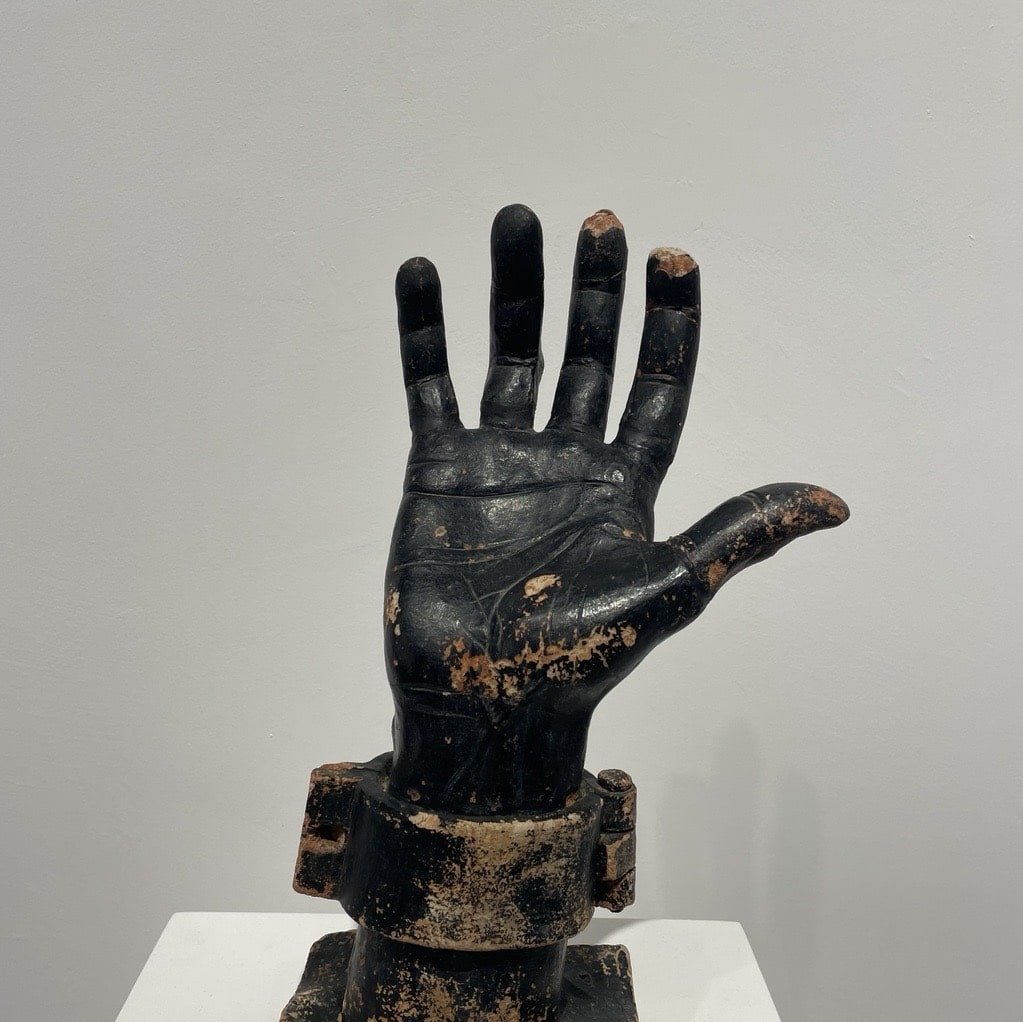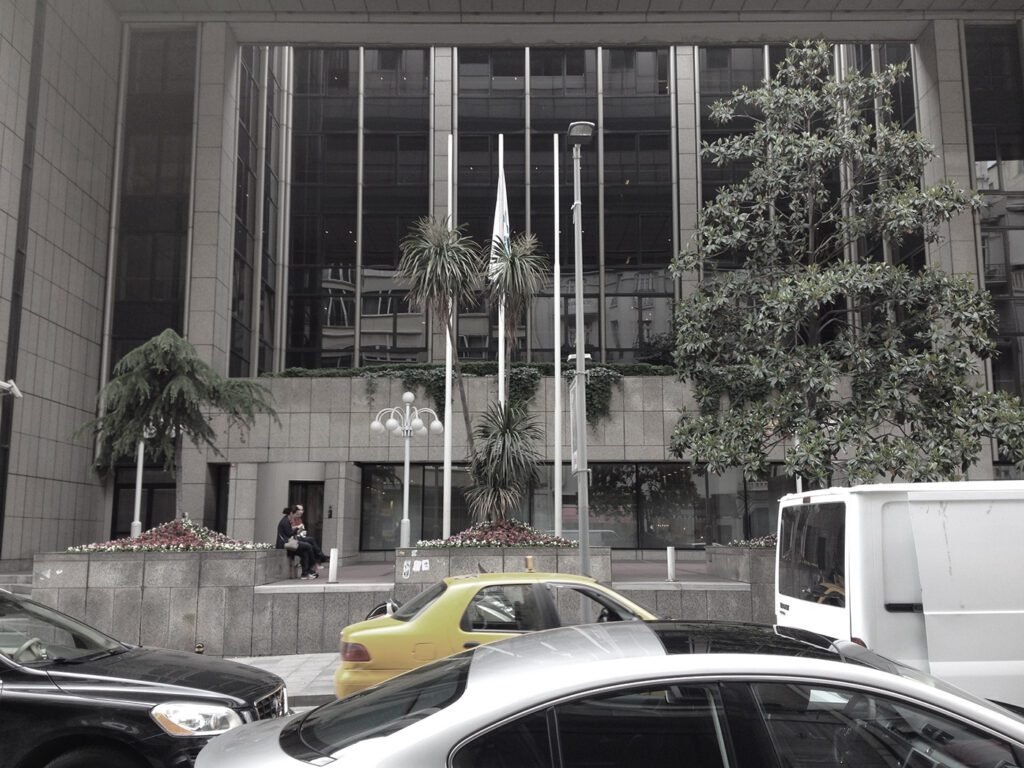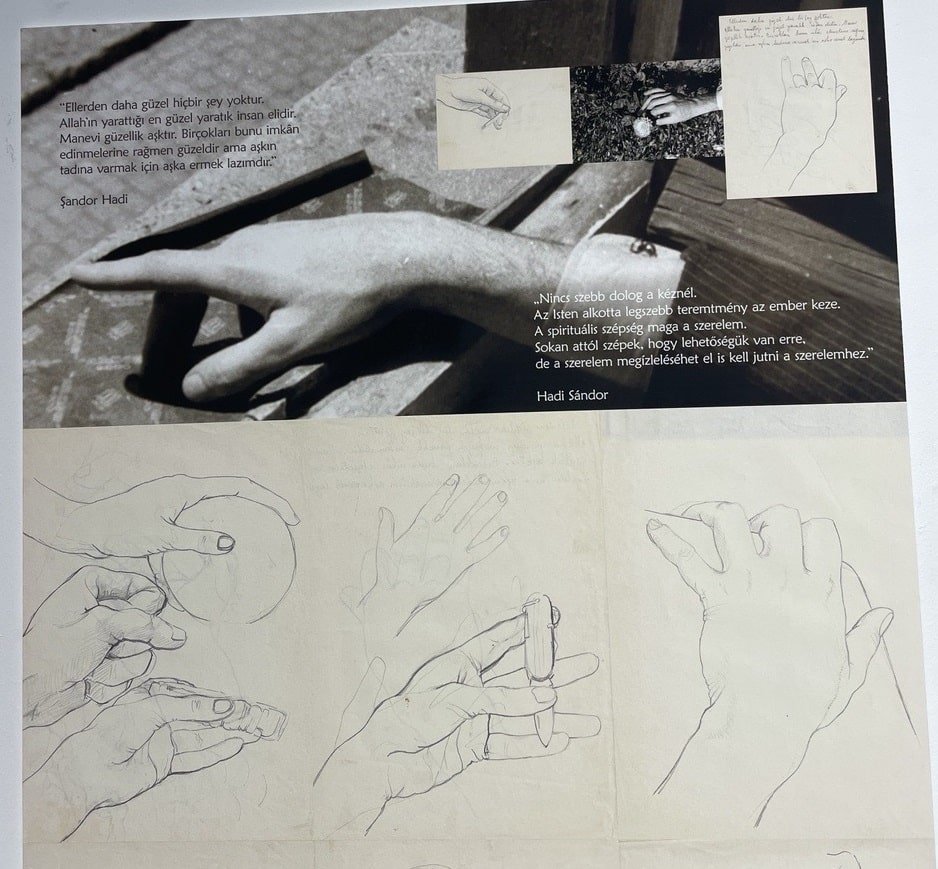© Turkuvaz Haberleşme ve Yayıncılık 2025
The hands, the tool of tools according to Aristotle, are the ones that hold the brush, and pencil, substantiating creativity into concreteness. Turkish-born, Hungarian-origin artist Şandor Hadi was an artist who created wonders through his works, fascinated by the complex expressiveness of the hands.
"Şandor Hadi was an architect. On the other hand, he was someone who made his days filled with creativity everywhere, in any situation. He was following this creative muse in all areas of life. If his world is directed to observe something and make it happen if he wanted to. He was ambitious, passionate and inquisitive. He fed on his cultural roots not to return but to enlighten his path. Reflecting the spirit of the age, he was intertwined with art, design and practice. He was original, free and caring," said Sevinç Hadi mentioning the master architect Şandor Hadi.

“A Versatile Architect: Şandor Hadi, a Second Generation Hungarian in Türkiye” exhibition opened by the Istanbul Liszt Institute Hungarian Cultural Center, unfurled the comprehensive legacy of the architect Hadi who had his signature under many iconic buildings in Istanbul such as the Central Library of Istanbul University, Boğaziçi University's Aptullah Kuran Library and the National Reassurance (Milli Re) building.
The exhibition, which also focuses on the personal life and creative personality of Hungarian-born architect Şandor Hadi, presents a selection of other projects realized by the architectural office they established with his wife Sevinç Hadi.

As "a versatile architect," Hadi can be considered an "artiste complet," a comprehensive artist that practiced his creativity in all different areas of art. Especially his paintings that take part in the exhibition are fascinating. Embracing hands as the instrument of creation, Hadi drew many paintings revolving around the expressive possibilities of the hand. "There is nothing more beautiful than hands. The most beautiful part created by God is the human hand," Hadi said while contemplating on hands and drawing sketches on them. Also, his painting titled "Human Discovers the Hand" proves his fascination with the creation tools revolving around the theme from the archaic perspective, making it a historical reality.

His boundless sense of creation through exploration can be seen in many of his works, specifically in his interpretation of the mythological story of Icarus where Icarus attempted to fly using wings made of wax and feathers, ignoring his father’s warnings, ended up flying too close to the sun and faced a tragic end. He played on the theme with the concepts of curiosity and exploration as they are highly regarded as dangerous acts by many. Through his artistic creations, he flew too close to the sun.
Born in Kastamonu in 1931 as one of the three children of Hungarian technician Hadi Janos, who came to Türkiye to work at the beginning of the 20th century, Şandor Hadi was a talented child with high manual dexterity.
He studied at Saint-Michel High School in Istanbul in 1955 and then completed his studies at Istanbul Technical University (ITÜ) graduating from the department of architecture in 1961. During his studies and after his graduation, he worked with Turgut Cansever, one of the important architects of the period, on various projects and on the Beyazıt Square application designed by Cansever. He continued to work as the responsible architect in other projects of Ibrahim Yolal's firm, which implemented the square between 1961-1968.
For his grounded background and years of experience as a lecturer in the architecture department, the opening of the exhibition overflowed with prominent architects and many university students.
The exhibition presents a narrative that deals with Şandor Hadi's personal and architectural world in two different sections. The first chapter describes his pre-architecture world, from his early youth days to his family life, to the paintings he made from handmade products. The second part brings together a selection of the projects he signed as an architect, the furniture he produced, the models, and the views of other architects on the architecture of Şandor Hadi under the roof of the architectural office they established with Sevinç Hadi. The exhibition also features a 3D reenactment of the Central Library of Istanbul University, which was recently demolished.
The exhibition can be visited in the Istanbul Liszt Institute Hungarian Cultural Center free of charge until April 1.
